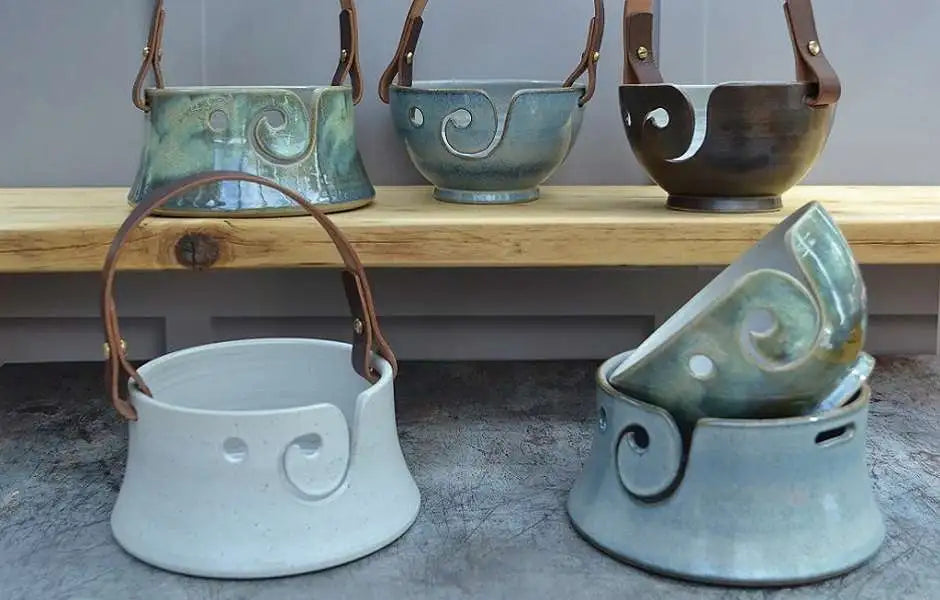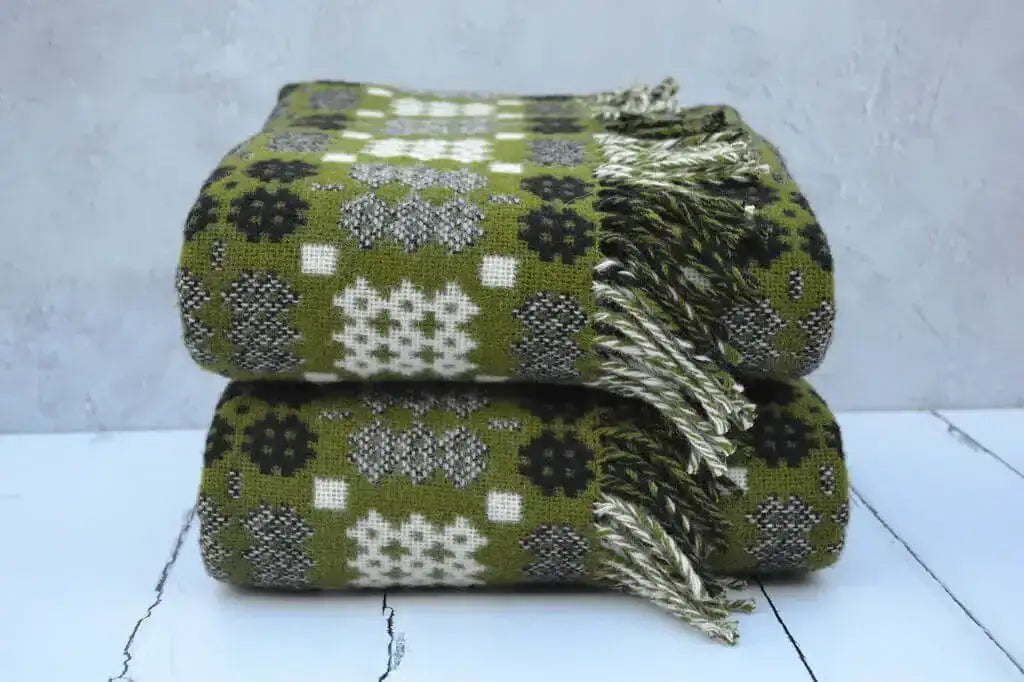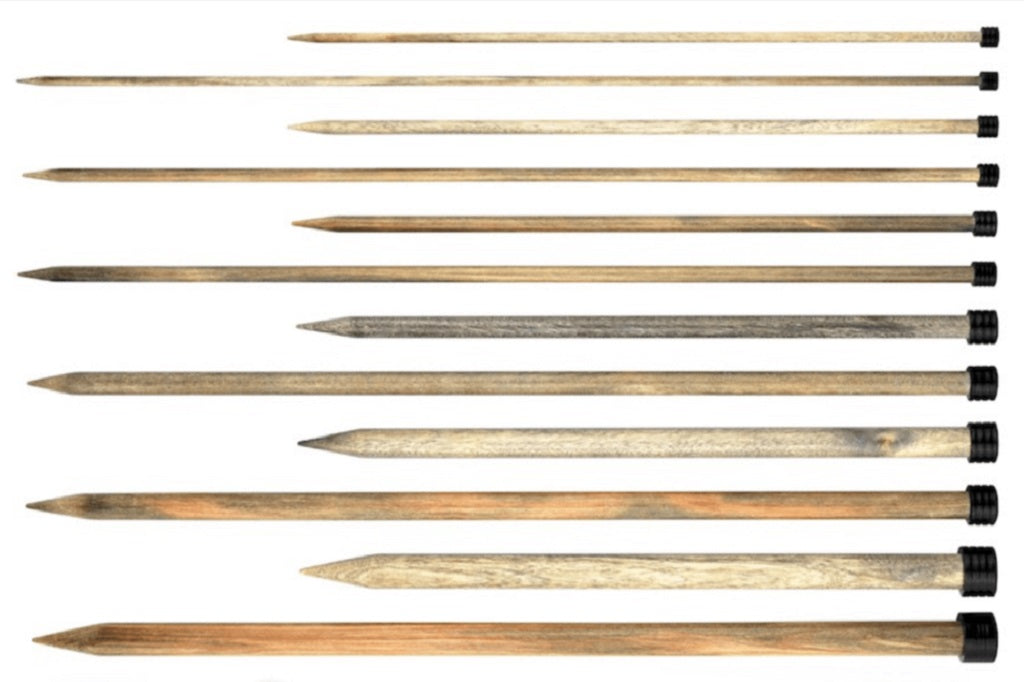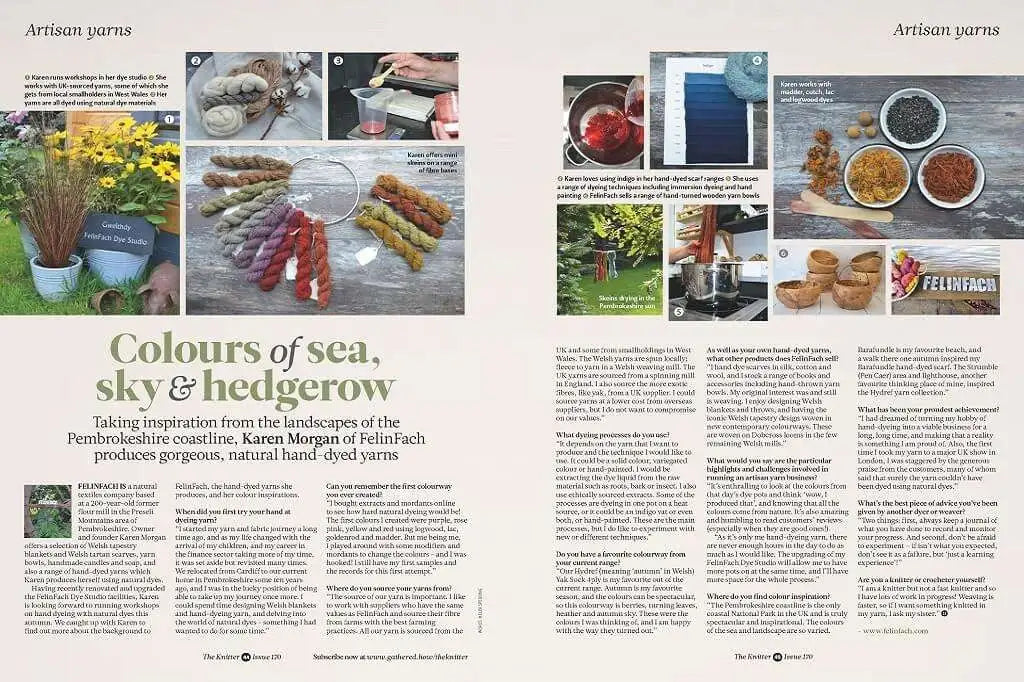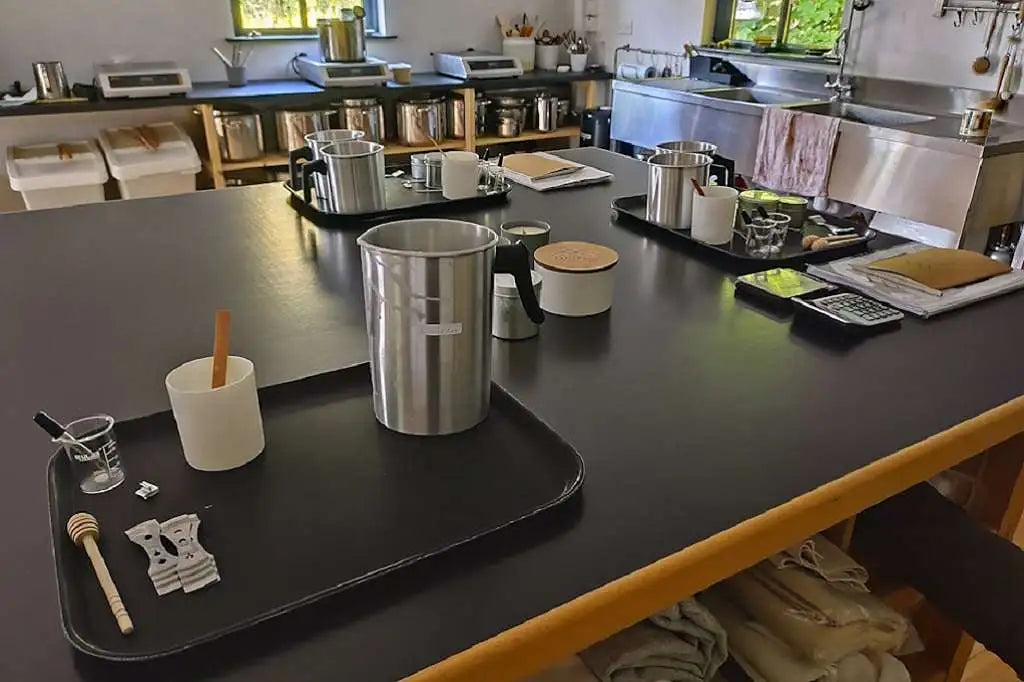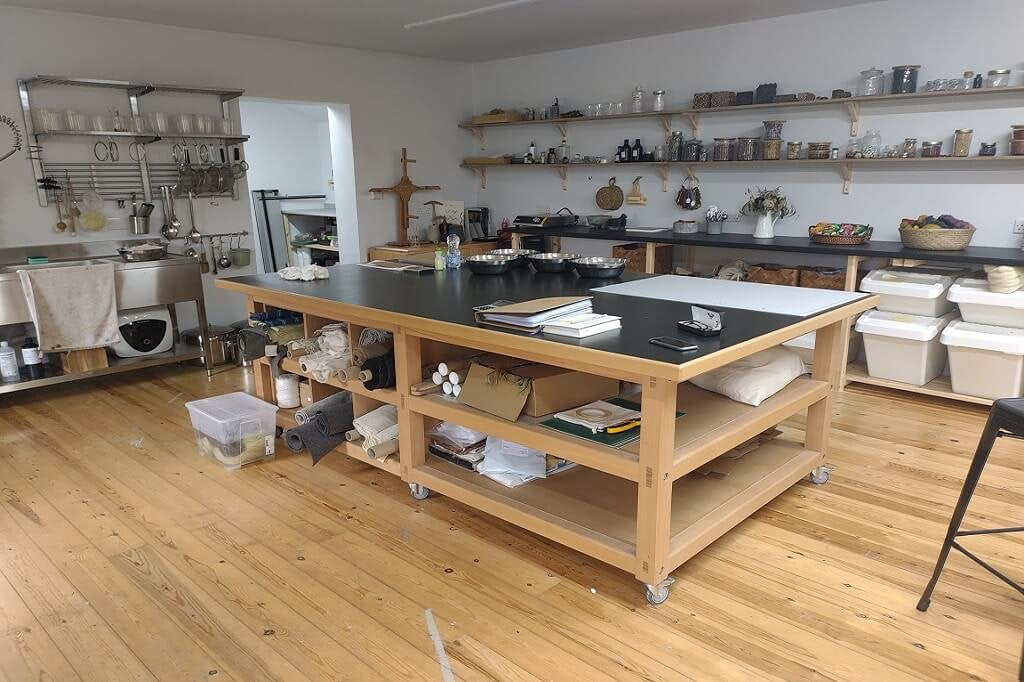Cofiwch Dryweryn - Remember Tryweryn
Cofiwch Dryweryn - What's it Mean in English?
The literal translation of Cofiwch Dryweryn into English is “Remember Tryweryn”. These two Welsh words have become a world phenomenon in recent times and have become a symbol of Welsh culture and identity. These words have appeared all over Wales, in many parts of England and indeed all over the world from the Falkland Islands to North America.
Capel Celyn
Gallery of Shame








Other Historic Days
The original Cofiwch Dryweryn words were painted on a wall of an uninhabited cottage near to the small village of Llanrhystud, Ceredigion. This village is some 10 miles south of Aberystwyth. The words Cofiwch Dryweryn have become a self-fulfilling prophecy - without question what occurred in the Tryweryn valley in the 1950's and 1960's will always be remembered!
Capel Celyn
In the 1960's a reservoir was built neat to Bala in north Wales to supply water to Liverpool City and its surrounding areas. The river Tryweryn was dammed to create this reservoir resulting in a village, Capel Celyn being flooded. The inhabitants of Capel Celyn were forced to leave their homes and farms. A Welsh way of life was lost in Capel Celyn - the village, the post office, the school, and a chapel and its cemetery all disappeared underwater.
Cofiwch Dryweryn - Background
In the 1950's, Liverpool City Council believed that the city was short of water and was looking for water resources to solve their problem. In 1956 the Council presented a private bill to the UK Parliament. The aim of the Bill was to develop a water reservoir in the Tryweryn river valley. In an underhand manner, by obtaining an Act of Parliament, the Council avoided having to go through the normal planning processes and consent that would have been required from the local Authority. As a result, he City proceeded with their plans without any Welsh consultations or approvals by any assessment, this was an injustice.
Opposition in Wales was fierce and lengthy. Many considered the flooding as an attack on the Welsh language and culture, given that Capel Celyn was one of the last remaining exclusively Welsh-speaking communities in Wales. Despite this fierce opposition of the Welsh public and without any support from Welsh MPs, the Liverpool Corporation Act was passed on 1 August 1957.
All Welsh Members of Parliament and the villagers waged an 8-year campaign to try and stop the flooding. Despite this opposition to the proposals, the valley was flooded in 1965 to create Llyn Celyn. The village, the post office and chapel with a cemetery were all lost underwater together with twelve houses and farms. Forty eight out of the sixty-seven who were living in the valley lost their homes.
It is arguably an event marked as one of the most significant in recent Welsh history. It has become a permanent reminder of the underhand legal processes pursued by an English Local Authority to avoid normal planning and other consent processes.
Official Opening
The official opening date was 21st October 1965, a shameful day that would be made worse on 21st October 1966, the date of the Aberfan Disaster.
Capel Celyn Memorial Chapel
A memorial chapel was built in 1965 on the banks of the reservoir to commemorate the flooding of Capel Celyn. The chapel had fallen into disrepair over the years but in 2019 was granted grade II status by Cadw. Dwr Cymru Welsh Water are the owners of the Chapel and in July 2020 began restoration works. The chapel has been completely restored and the 50-year-old walls were repointed both inside and outside with lime mortar and the roof has been fully repaired.
Cofiwch Dryweryn Wall Memorial
The Memorial is painted on a wall just outside the village of Llanrhystud.
In 1963 a Welsh author and scholar, Meic Stephens and his friend Rodric Evans decided to paint a slogan in response to the flooding of Capel Celyn. On a disused ruined cottage, Troed y Rhiw (Bottom of the Hill) painted the words "Cofiwch Tryweryn" (sic), Welsh for "Remember Tryweryn". (Rather amazingly for such a scholar, the words are not grammatically correct!). Subsequent restorations of the wall have repainted the message correctly as Cofiwch Dryweryn, adding the appropriate mutation.
It is interesting to note that Meic Stephens, a prolific author described these two words as "my most famous statement, my best-known poem, my most eloquent speech, and my most influential political act.
Cofiwch Dryweryn Today
These words now appear in many places in Wales and are now an ionic image in Wales. The Memorial Wall has been vandalised many times. However, it has sparked and explosion of the signs which are now to be seen all over Wales and in many parts of the world, including;
- Chicago
- Ohio
- New York
- Falkland Islands
- Snowdon Summit
- London marathon
- plus hundreds of other places such as small towns like Cardigan, Ceredigion and Newport Pembrokeshire




The vandalisations have only further highlighted the shameful event of flooding and drowning a Welsh village to provide water for Liverpool.

A Mapping Project shows the apparent locations of the Cofiwch Dryweryn slogan (Click here to see the map...)
Liverpool City Council - An Apology
Liverpool City Council issued an official apology in 2005 for the “hurt of 40 years ago” and the “insensitivity by our predecessor council” over the drowning of the river Tryweryn Valley and Capel Celyn. Rhodri Morgan and Elfyn Llwyd, the Labour and Plaid Cymru leaders respectively, welcomed the apology. Elfyn Llwyd also added that the apology “should be accepted in the fulsome way it is being offered.”
It is an understatement to say that the apology was not universally accepted in Wales!!!
About FelinFach
Located in Pembrokeshire Wales, our ethos is defined in the three words...
NATURAL TRADITIONAL HANDMADE.
- Hand woven iconic Welsh blankets.
- Hand dyed yarn, dyed with natural dyes only - no exceptions!
- Hand poured candles, candle accessories, Candle Making Workshops and soapery.
- Natural Dyeing Craft courses.
- Yarn shop, yarn bowls, project bags, tools and accessories for knitters and crafters.
- Welsh Gifts, made in Wales, handmade in Wales.
We are a proud supporter of Americymru the Campaign for Wool, Global Welsh and Red Dragon America.
Other FelinFach Pages
Last updated 4th September 2024



